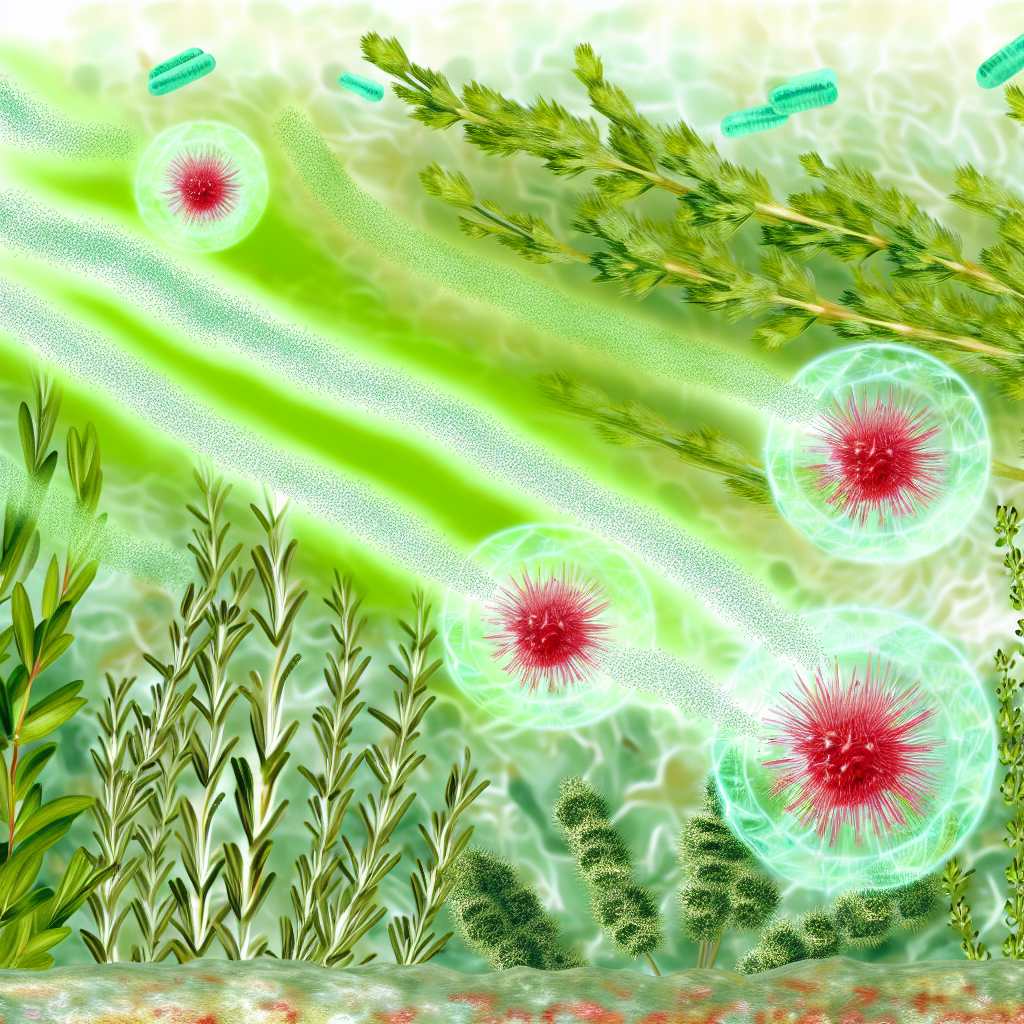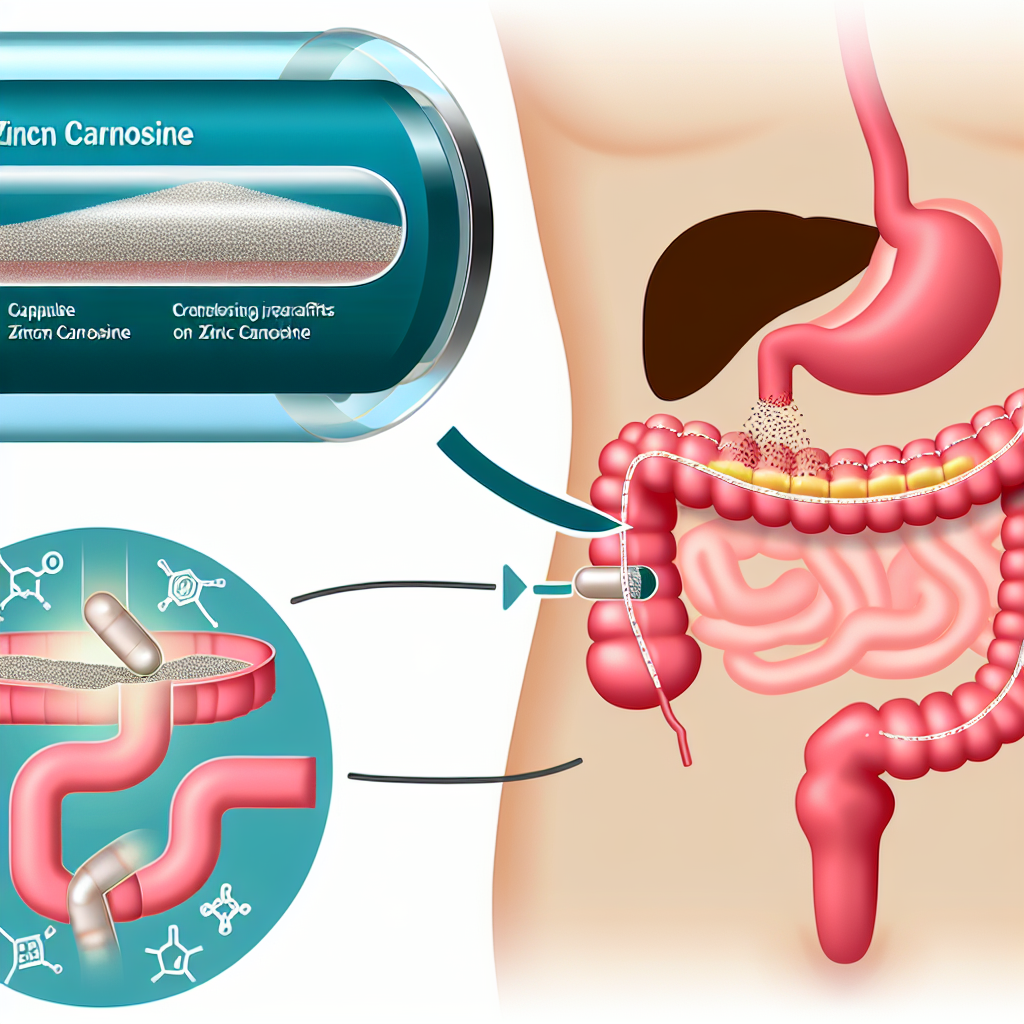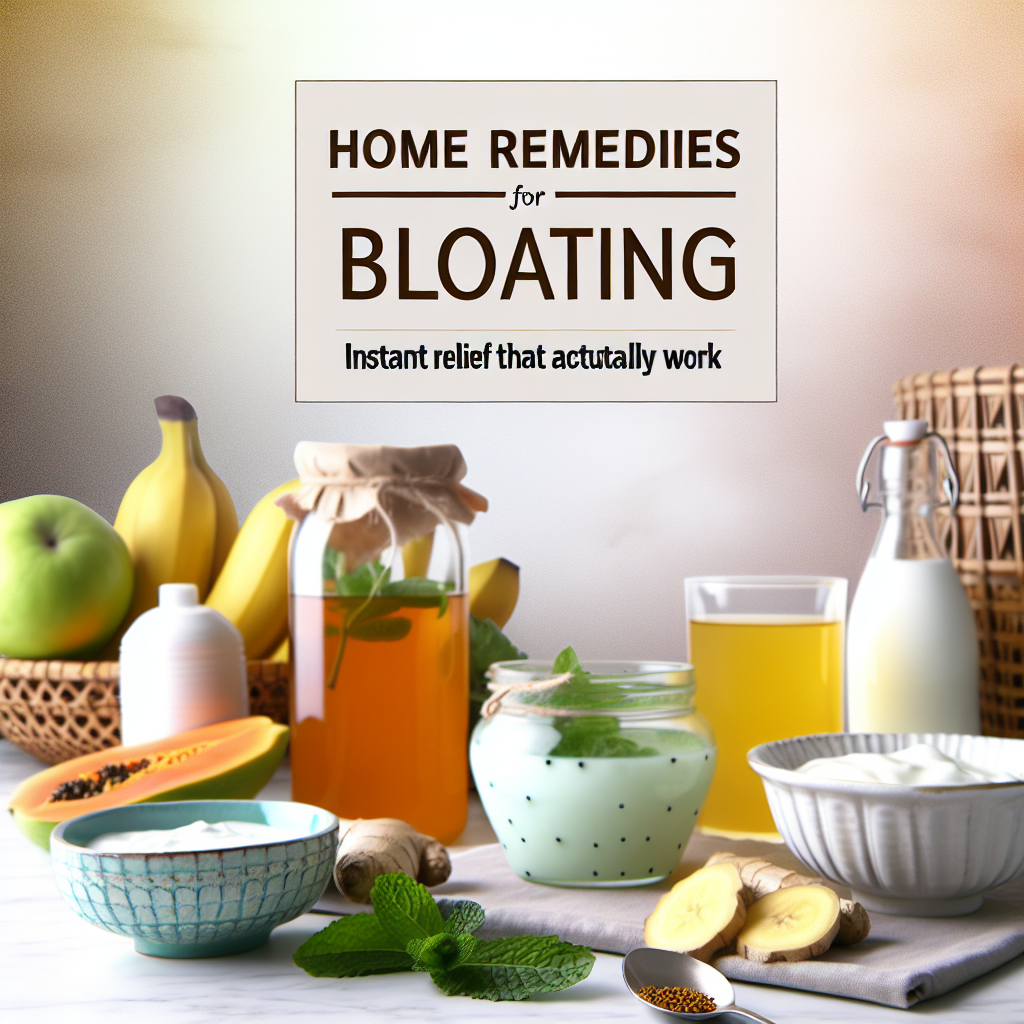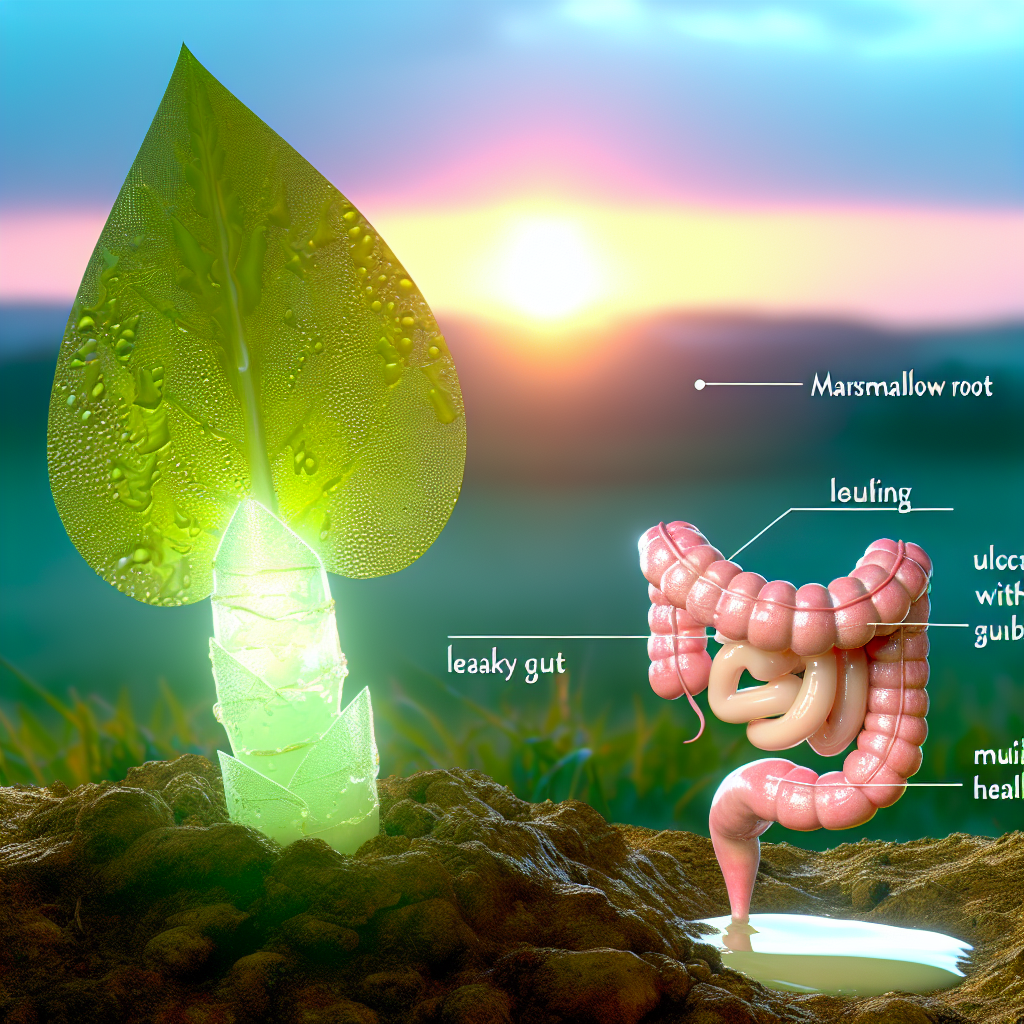Biofilm-Disrupting Herbs: Breaking the Protective Shield of Resistant Gut Pathogens
The human gut is home to trillions of microorganisms, collectively referred to as the gut microbiota. These bacteria, viruses, and fungi play crucial roles in digestion, immune function, and the synthesis of essential nutrients. However, an overgrowth of pathogenic microorganisms—often resistant to conventional treatments—can disrupt this delicate balance. These resilient pathogens often form biofilms, a sticky and robust protective matrix that shields them from immune responses, antibiotics, and other therapeutics.
Biofilms significantly contribute to various chronic digestive and systemic conditions, including small intestinal bacterial overgrowth (SIBO), inflammatory bowel disease (IBD), irritable bowel syndrome (IBS), and Candida overgrowth. This poses a substantial challenge to both patients and healthcare professionals aiming to restore gut health.
Scientific Proof: Herbal Solutions That Disrupt Biofilm Barriers
Biofilms represent a major clinical hurdle across medical domains—and the gut is no exception. Scientific evidence increasingly supports the antimicrobial and biofilm-disrupting capacity of various herbs and botanicals.
Garlic: Nature’s Potent Antimicrobial Warrior
Garlic (Allium sativum) has demonstrated strong anti-biofilm and antimicrobial activity. A study published in Microbial Pathogenesis (2018) found that allicin, the active component in fresh crushed garlic, was effective in degrading biofilms formed by multidrug-resistant strains of Escherichia coli and Staphylococcus aureus without harming host tissues.
Oregano Oil: Biofilm’s Natural Adversary
Oregano oil, rich in carvacrol and thymol, is another potent biofilm disruptor. Research in the journal Frontiers in Microbiology (2021) showed that oregano essential oil could inhibit the formation and promote the breakdown of pre-formed biofilms in Pseudomonas aeruginosa — a notoriously difficult-to-eradicate pathogen in the gut.
Berberine: A Herbal Shield Against Candida and More
Berberine, an alkaloid found in herbs like Berberis vulgaris (barberry), Coptis chinensis (goldthread), and Hydrastis canadensis (goldenseal), has well-documented antimicrobial properties. A 2020 study in Phytomedicine demonstrated berberine’s ability to decrease biofilm mass and reduce metabolic activity within Candida albicans biofilms.
Cinnamon: A Sweet Solution for Sticky Pathogens
Cinnamon bark (Cinnamomum verum) contains cinnamaldehyde, an active compound that has been investigated for its biofilm-disrupting capabilities. According to a 2017 study published in Scientific Reports, cinnamon extract significantly inhibited biofilm formation by pathogenic E. coli strains and downregulated essential genes involved in adhesion and biofilm construction.
Thyme: A Traditional Herb with Modern Promise
Thyme and its active constituent thymol are gaining recognition for disrupting microbial communities. A study in Journal of Medicinal Food (2018) concluded that thyme essential oil inhibited Helicobacter pylori biofilms, a common and pathogenic contributor to ulcers and gastric inflammation.
Cranberry & Turmeric: Supporting the Gut from All Angles
Other notable herbs include cranberry extract, known for preventing bacterial adhesion due to its high content of proanthocyanidins, and turmeric (Curcuma longa), whose curcumin component has been shown to inhibit fungal biofilms and improve gut barrier function.
Conclusion: Nature’s Answer to Persistent Gut Pathogens
Persistent gut infections and dysbiosis often remain unresolved due to the stealthy protection provided by bacterial and fungal biofilms. However, nature offers powerful alternatives—herbs with biofilm-disrupting capabilities that not only weaken these microbial defenses but also support the healing of the gut environment.
For those looking to rehabilitate gut health naturally, incorporating these herbs—under the guidance of a healthcare practitioner—can be a transformative step toward long-term recovery and digestive balance.
References
1. Lu, Xiaomei et al. “Allicin attenuates biofilm formation and virulence of Staphylococcus aureus.” Microbial Pathogenesis, vol. 124, 2018, pp. 47-53. [Link]
2. Nostro, Antonia et al. “Antibiofilm properties of oregano essential oil against Pseudomonas aeruginosa.” Frontiers in Microbiology, vol. 12, 2021. [Link]
3. Imenshahidi, Mojtaba, and Hossein Hosseinzadeh. “Berberis vulgaris and berberine: An update review.” Phytotherapy Research, vol. 30, no. 11, 2020. [Link]
4. Kot, Barbara et al. “Antibacterial activity of cinnamon oil against clinical strains of Escherichia coli.” Scientific Reports, 2017. [Link]
5. Sharifi-Rad, Javad et al. “Thymol, thyme, and other plant extracts used for the management of Helicobacter pylori infections.” Journal of Medicinal Food, vol. 21, no. 5, 2018. [Link]
6. Howell, Amy B. et al. “Cranberry proanthocyanidins inhibit adherence of P-fimbriated Escherichia coli to uroepithelial cells.” New England Journal of Medicine, vol. 339, no. 15, 1998. [Link]
Summary:
Biofilm-forming gut pathogens are a major challenge in restoring gut health. However, research shows that certain herbs and botanicals, such as garlic, oregano, berberine, cinnamon, thyme, cranberry, and turmeric, possess potent biofilm-disrupting properties. These natural solutions can weaken the protective barriers of resistant microbes and support the rebalancing of the gut microbiome.

Dominic E. is a passionate filmmaker navigating the exciting intersection of art and science. By day, he delves into the complexities of the human body as a full-time medical writer, meticulously translating intricate medical concepts into accessible and engaging narratives. By night, he explores the boundless realm of cinematic storytelling, crafting narratives that evoke emotion and challenge perspectives.
Film Student and Full-time Medical Writer for ContentVendor.com




